Category: SS Lesson – Old Testament
-
CFM 1/5-1/11: Poetry for “This Is My Work and My Glory”
I’ve left off any image to represent Gods “work and glory”; since we teach that His work is “to bring to pass the Immortality and Eternal Life of Man,” I am not at all sure how to represent that. Images of what ‘heaven’ looks like all seem to me to be either unlikely or based…
-
Hurlbut’s Story of the Bibles
Jesse Lyman Hurlbut, a Methodist minister, first published the Hurlbut’s Story of the Bible in 1904. In the book, he retells 168 Bible stories in simplified modern English prose. The author’s purpose was to provide a version of key scripture passages that young readers would find accessible. The numerous republished editions that have appeared throughout…
-
Literary OTGD #31: My Friends and I by J. L. Townsend
Lesson 31 of the Old Testament Gospel Doctrine manual covers the wisdom literature of the Old Testament, Proverbs and Ecclesiastes, which consist mainly of short statements meant to help guide our behavior. But its pretty easy to make these statements seem contradictory. We all agree that “pride goeth before destruction,” but what if it is…
-
Literary OTGD #30: Strength by Mabel Jones
What benefit do we get from the temple? Old Testament Gospel Doctrine Lesson #30 covers two renewals of the temple in ancient Israel; that of Hezekaih and that of his great grandson, Josiah. It also gives the example of Hezekiah’s fending off the Assyrians with the help of the angel of the Lord following his…
-
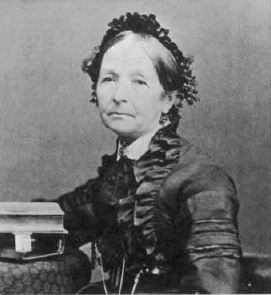
Literary OTGD #29: To President Brigham Young by Eliza R. Snow
There are at least two potential problems when there is a leadership transition—the transition plan or procedure isn’t always known ahead of time, and those involved don’t always follow the plan or procedures. Mormonism’s initial experience with transition didn’t go well—I suspect for both reasons—and the transitions elsewhere in the scriptures often seem unexpected also.…
-
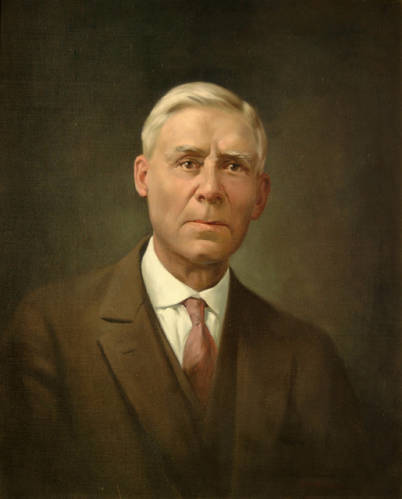
Literary OTGD #28: The Still Small Voice by George H. Brimhall
The story of Elijah listening for the voice of the Lord (1 Kings 19:9-13) is frequently used by Mormons to describe the manner we can receive revelation. Old Testament Gospel Doctrine lesson #28 includes that story, along with others discussing Elijah’s acts as prophet, but focusing on his listening to the Lord to accomplish those…
-
A More Nuanced Approach to Scripture
I am so thankful that we are gently backing away from a literal understanding of scripture.
-
Literary OTGD #27: Our Kings by Henry W. Naisbitt
It seems likely that today we (in most western democracies) aren’t influenced by leaders the same way that the children of Israel were by their kings (at least as described in Old Testament Gospel Doctrine lesson #27). I suspect that all else being equal, democracy reduces the influence of individual leaders. Still, the example of…
-
What We Don’t Read in the Bible
Do you ever read the bits of scripture that are excluded from our Sunday School lesson manuals? If you are only looking up certain passages, it is as though the rest of the text doesn’t exist.
-
Literary OTGD #18: What Will They Do, Let History’s Page by Charles A. Rogers
As the Children of Israel entered the promised land, they also faced a change of leadership, with all that entails. As Moses doesn’t cross the Jordan, Joshua is called to lead the Israelites, cross the Jordan and subjugate the territory promised. Lesson 18 of the Old Testament Gospel Doctrine manual portrays this time as a…
-
Literary OTGD #17: The Mountain Standard by Parley P. Pratt
Approaching the promised land has to influence leaders to remind their followers of how they should act when they enter the long-sought utopia. The goal is to live as God would have them live, covenanting to live in righteousness and harmony. In the case of Moses, as described in Old Testament Gospel Doctrine lesson 17,…
-
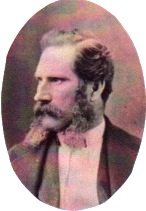
Literary OTGD #16: The Saint by W. G. Mills
The story of Balaam, as discussed in Old Testament Gospel Doctrine lesson 16, is about a prophet’s struggle with obedience and the requirements of political leaders. As portrayed in the Bible, Balaam follows the commandments of the Lord, but he attempts to get gain by currying favor with a political leader needed. I think this…
-
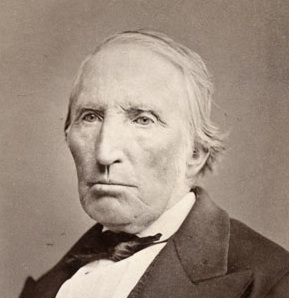
Literary OTGD #15: Exodus by John Lyon
As the Mormon pioneers began their westward trek, they already saw themselves on an exodus similar to that of ancient Israel leaving Egypt for the promised land. And they faced some of the same difficulties that Israel faced—such as those outlined in Old Testament Gospel Doctrine lesson 15: complaints, backbiting, uncertain knowledge of the land…
-
Literary OTGD #14: excerpt on Israel in the Wilderness from chapter 1 of The Millennium
Are commandments also spiritual fare? When Moses received the law on Sinai, was he spiritually fed? Were the children of Israel? Lesson #14 of the Old Testament Gospel Doctrine manual discusses Israel’s trek across the Sinai, their partaking of manna from heaven, which we interpret today as a symbol of the spiritual feast that our…
-
Literary OTGD #13: excerpt on the Exodus from chapter 1 of The Millennium
The story of the exodus of the children of Israel from Egypt is one of the iconic stories of western religious culture. And that story has descended to Mormonism, showing up, of course, in lesson #13 of the Old Testament Gospel Doctrine manual. And we Mormons basically see the story in the same way as…
-
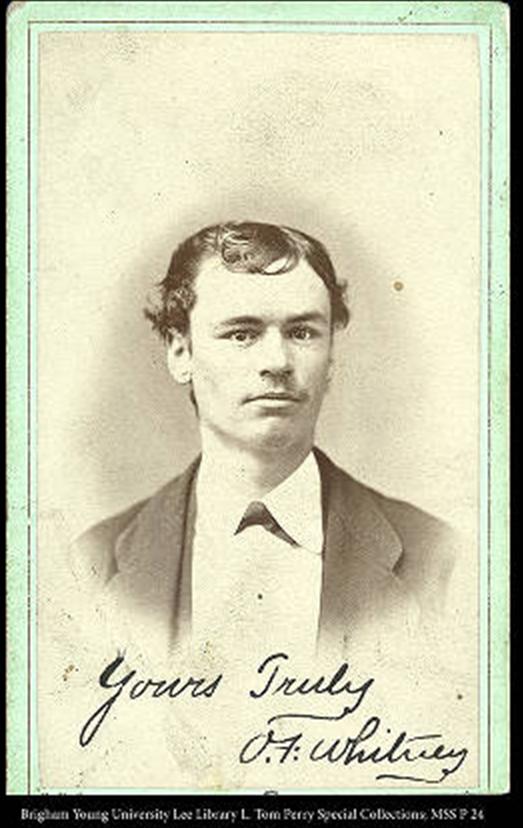
Literary OTGD #12: excerpt on Joseph from From Out of the Dust
Today, we Mormons see the “coincidence of names” between Joseph of Egypt, Joseph the son of Lehi and Joseph Smith as anything but a coincidence. They shared names allow us to make connections between the three cases, adding to our understanding of their histories. And Old Testament Gospel Doctrine lesson 12 allows us to revisit…
-
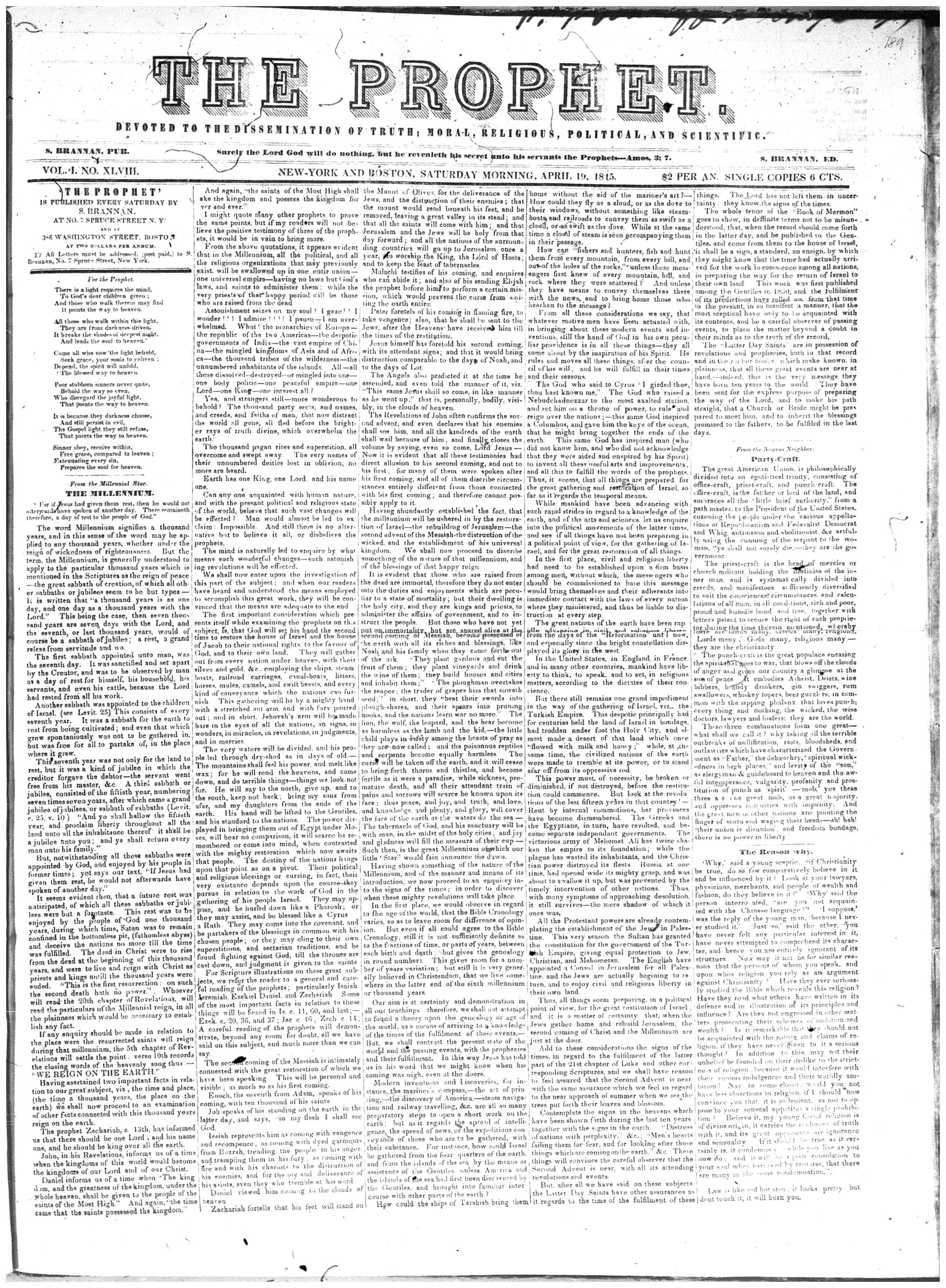
Literary OTGD #11: Joseph’s Temptation
[I’m sorry that I’m a bit behind in getting these posted. I’m hoping to do one each night for the next 3 nights to get caught up.] Temptation is a constant. We all struggle with temptation to do that which we should not, and often these temptations involve significant sin or things that could lead…
-
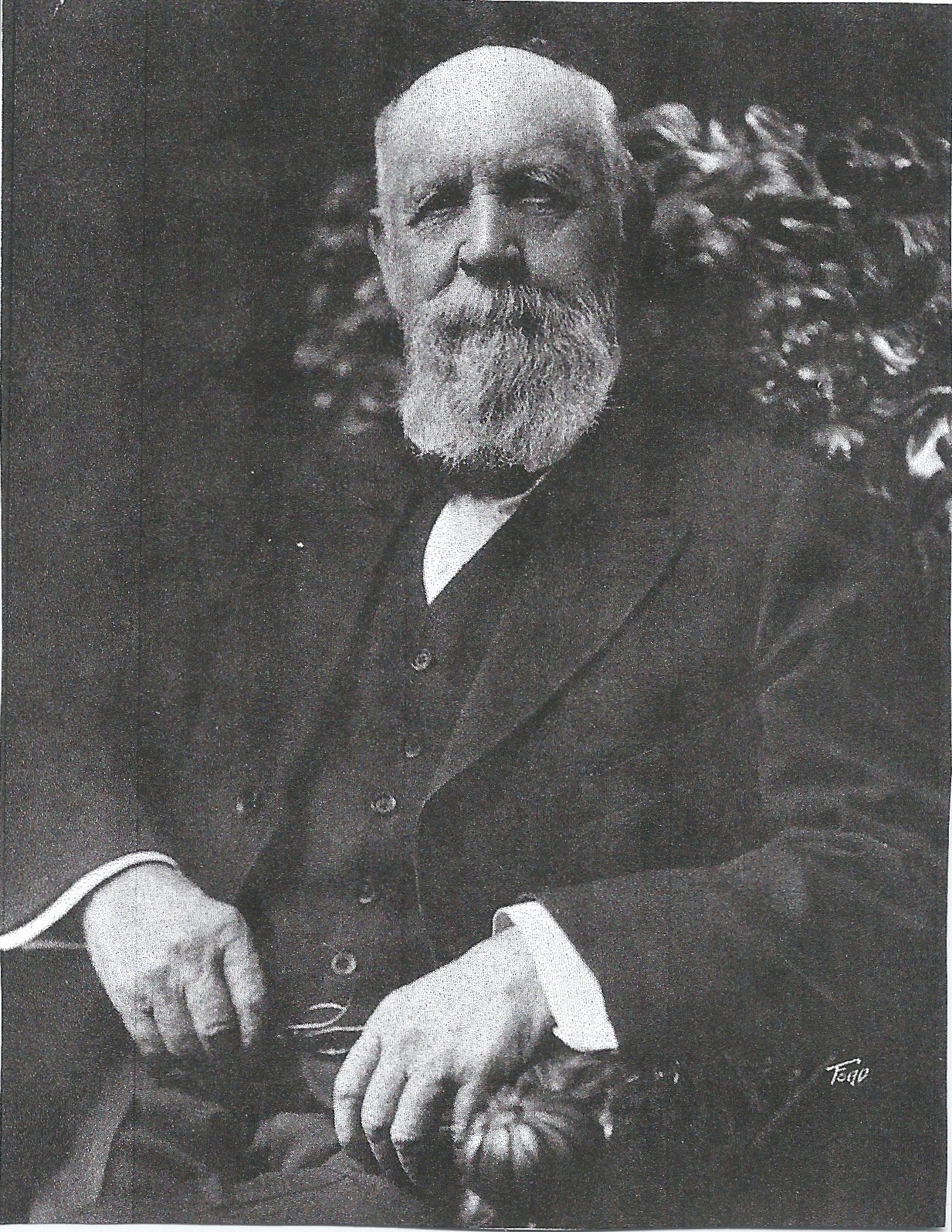
Literary OTGD #10: Our Golden Wedding
The marriage process in Abraham’s family (covered in Old Testament Gospel Doctrine lesson 10) is very different that the common experience in the Church today (at least in North America). Arranged marriages, polygamy, dowries and working for a wife are all discussed in the source chapters in Genesis, while the marriages are still eternal, evidently…
-
Literary OTGD #09: Saturday Evening Thoughts
Abraham’s readiness to sacrifice Isaac is one of the most difficult to understand episodes in the Bible, and it is also a regular subject of LDS lessons, such as Lesson 9 of the Old Testament Gospel Doctrine manual. Despite its troubling nature, this event is seen as a clear type of Christ’s sacrifice, and it…
-
Literary OTGD #08: Go search and say
The story of Sodom and Gomorrah, which is found in the material covered in the Old Testament Gospel Doctrine manual, lesson 8, is one of the more bleak stories in the bible. Its depressing to think that a city cannot be saved from its own wickedness, and that there was not one person there who…
-
Literary OTGD #07: The Gathering
If doctrines can have ideological parents, then the doctrine of the gathering is clearly descended from the Abrahamic covenant, the same that is discussed in Old Testament Gospel Doctrine lesson 7. Throughout the scriptures, when the Lord talks of “gathering” his people, he is refering to Israel, the descendants of Abraham. The covenant speaks of…
-
Literary OTGD #06: Gleanings from Scripture
Lesson 6 of the Old Testament Gospel Doctrine manual seems like a difficult lesson to me. It covers both the story of Noah and the flood as well as the story of the tower of Babel. The lesson combines these disparate stories under the very general topic of worthiness and avoiding the evils of the…
-
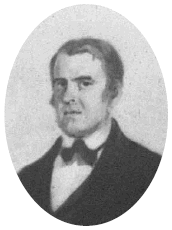
Literary OTGD #05: Age after age has roll’d away
While many teachers will focus their teaching of Old Testament Gospel Doctrine lesson #5 on the story of Cain and Abel, that is only half the lesson. The other half of the lesson is the story of Enoch and his city—perhaps a more positive example for us today as we strive to live the admonition…
-
Literary OTGD #04: O Adam
When we talk about the Fall and its roll in the plan of salvation, as Old Testament Gospel Doctrine lesson #4 does, the focus naturally (and properly) is on the effects of the Fall and its relationship with the atonement. But the Fall is also the story of a relationship between Adam, Eve and God.…
-
Literary OTGD #03: Eternity of Matter
In our science-oriented world today, its hard to see the creation stories in the Bible and Pearl of Great Price as recounting actual events or having meaning beyond a simple myth explaining the origin of life. So when we teach the creation in classes like the current Old Testament Gospel Doctrine lesson 3, I believe…
-
Literary OTGD #02: Shadows and Whisperings
Mormon beliefs about the pre-existence are an important part of our understanding of our purpose in this life and the meaning of the life to come. The beliefs covered in the second lesson in the Old Testament Gospel Doctrine manual, “fore-ordination” and the “war in heaven,” are no exception. But, it is also worth remembering…
-
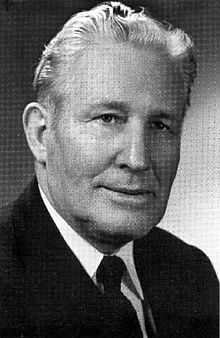
Literary OTGD #01: Metamorphosis
For the coming year, I’ve decided to post poetry for use in Sunday School and Priesthood/Relief Society classes two weeks ahead of when they would normally be used, instead of a week ahead as I’ve done in previous years. I’m doing this to allow teachers a bit more time to prepare and integrate the poetry…
-

Sunday School Lesson 48: Zechariah 10-14, Malachi
Zechariah 1:7-6:8: We may be able to read the first six chapters of Zechariah as having a roughly chiastic structure. As with many chiasmi, however, deciding whether this is a chiasmus is a matter of judgment rather than fact. A 1:7-17: The Lord’s omniscience B 1:18-21: Judah and the empires C 2:1-5: Jerusalem’s territory [2:6-13:…
-
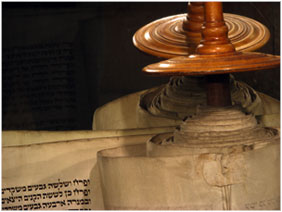
Sunday School Lesson 47: Ezra 1-8; Nehemiah 1-2, 4, 6, 8
Note that the books of Ezra and Nehemiah were considered one book until well after the time of Christ. The rough chronology below will help place this week’s material in its historical context. 606 The fall of Nineveh, capital of Assyria. Babylon becomes the major power. Daniel and others are taken to Babylon from Israel…
-
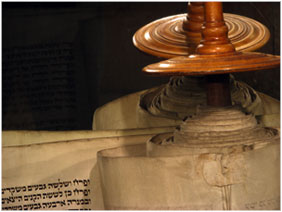
Sunday School Lesson 46: Daniel 2
Verses 4-5: Why does the king make this demand on his wise men? Verses 10-12: What did it mean to be a wise man in Babylon? Why was the king angry? Why do you think that the gods of Babylon are never mentioned in this story, not even negatively? Verse 24: Why does Daniel save…
